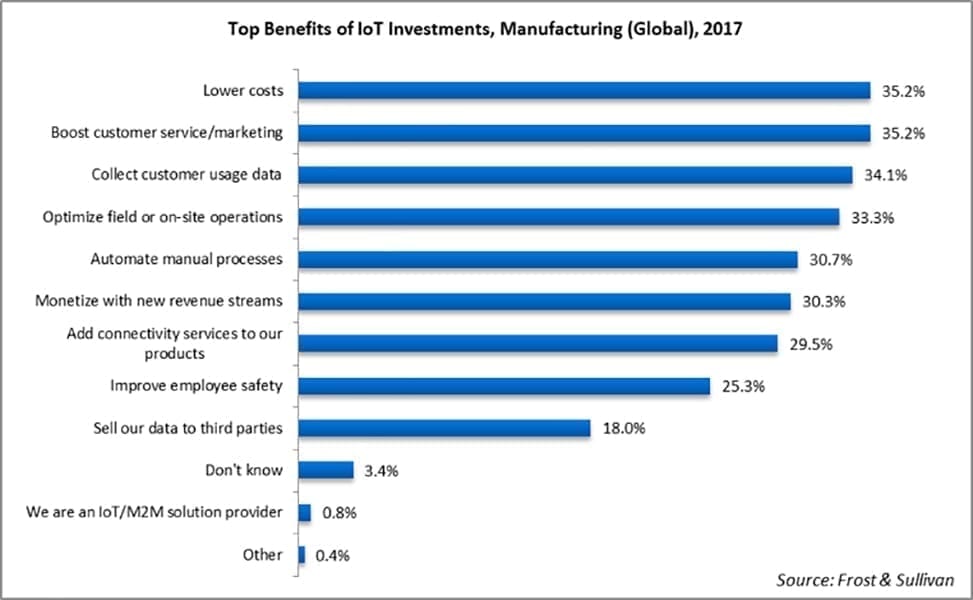- Home
- Braemac Blog
- Reap the Benefits of your Manufacturing IoT
From Telit: "Want to Reap the Benefits of your Manufacturing IoT Investments? Start by Focusing on OT Integration"
About Symmetry Electronics
Established in 1998, Symmetry Electronics, a Division of Braemac, is a global distributor of electronic components and systems. Combining premier components and comprehensive value-added services with an expert in-house engineering team, Symmetry supports engineers in the design, development, and deployment of a broad range of connected technologies.
Exponential Technology Group Member
Acquired by Berkshire Hathaway company TTI, Inc. in 2017, Symmetry Electronics is a proud Exponential Technology Group (XTG) member. A collection of specialty semiconductor distributors and engineering design firms, XTG stands alongside industry leaders TTI Inc., Mouser Electronics, and Sager Electronics. Together, we provide a united global supply chain solution with the shared mission of simplifying engineering, offering affordable technologies, and assisting engineers in accelerating time to market. For more information about XTG, visit www.xponentialgroup.com.
In any organization, operations departments have a unique set of challenges that do not align with IT priorities and the CIO’s office. Operations departments are looking for solutions that help solve certain business challenges that may or may not be solved with technology. In addition, IoT solutions are operational technologies that connect to IT systems, rather than the other way around.
For manufacturers, the benefits of IoT deployments are related to improving their operations, automating manual processes and optimizing their processes.

The CIO’s team is rarely involved with the front-end development of an IoT solution. Its involvement typically starts at the end of the solution development cycle when cloud-based platforms and connectivity management are discussed. The IT department has a technology-first approach to IoT deployments that is in direct conflict with the operations department’s focus on solving business challenges with technology.
This leads to a mismatch in terms of IT priorities and the budget managed by the operations department.
Manufacturers are wary of a “rip and replace” strategy that IT departments (not to mention IT vendors and service providers) typically recommend. With operations budgets remaining fixed or shrinking, operations departments do not have the ability to make large capital acquisitions to replace equipment that is not broken or leads to prolonged periods of downtime.
Alleviating this challenge requires operations departments to work with vendors or service providers that can help solve business problems with a modular approach to IoT deployment – start small and grow as needs arise.
This can take the form of adding a few sensors that can collect data. As machines get more efficient, an organization may need to add more sensors, add platforms to manage these sensors, add links to existing ERP systems or cloud systems, etc.
Such a modular approach requires the selection of a partner that has the ability to develop IoT solutions with plug and play capabilities and a full suite of products and solutions that can be integrated together without the need for custom coding.
The Last Word
Digital transformation is a journey and not a destination.
This transformation takes many forms, and a modular approach to integration of new devices and smoothing the integration with cloud-based platforms can help organizations make incremental changes that create business benefits, rather than making large investments that take many years to generate ROI.
In addition, this approach ensures that organizations can make tweaks and changes along the way that would help them increase the benefits to their organization (increased productivity, automation, cost reduction, etc.) as well as employees (increased safety, optimized operations, etc.) and customers.
